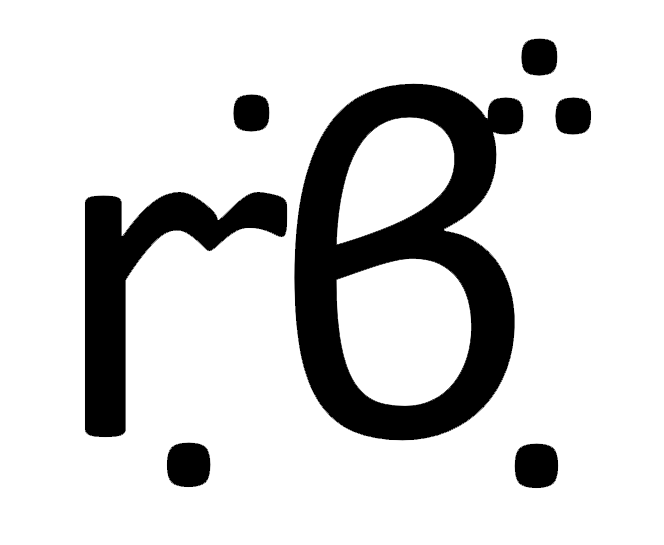The Psychological and Ethical Paradox of Self-Sacrifice: A Deep Dive into Mickey 17 and The Prestige
Both Mickey 17 and The Prestige explore the complex relationship between identity, sacrifice, and the extreme lengths humans will go to achieve their goals. While Mickey 17 presents a futuristic scientific approach to cloning and consciousness transfer, The Prestige deals with the psychological torment of sacrificing oneself for an illusion. At their core, both movies ask an unsettling question: What does it truly mean to die if a version of you continues?
The Continuity of Self: Cloning vs. Duplicating (Mickey 17 vs The Prestige)
One of the most disturbing philosophical dilemmas in both films is the continuity of self. In Mickey 17, Mickey is fully aware that each death leads to his consciousness being “reprinted” into a new body. The colony treats him as expendable, as his deaths serve a greater purpose. However, subtle differences emerge with each new Mickey, leading to the ultimate paradox: If each clone slightly differs in personality and perspective, is it truly the same Mickey?
In The Prestige, Robert Angier undergoes an even more terrifying ordeal. Unlike Mickey, who is involuntarily killed to make way for a new version, Angier knowingly steps into the Tesla machine, fully aware that either he or his clone will drown in the process. The horrifying realization is that Angier never knows whether he will be the one to survive or the one to die—yet he does it anyway, driven by obsession and competition.
The Psychological Burden of Death and Rebirth
Throughout Mickey 17, one recurring question haunts the protagonist: “How does it feel to die?” The implication here is that even if one accepts death intellectually, the visceral experience of it remains terrifying. Mickey is trapped in a loop of existential dread—each version of him is aware that he will eventually be terminated to make way for another, leading to a fragmented sense of self.
Angier, on the other hand, experiences an even deeper form of psychological torment. Each time he performs the trick, he knows he is about to die, but does so in blind faith that his duplicate will emerge. His mind is not merely fragmented—it is burdened with the weight of knowingly sacrificing himself repeatedly, just for the illusion of success. His obsession overpowers his survival instincts, proving that for some, the pursuit of greatness outweighs even the fear of death.
Ethical Implications: The Value of a Life
A crucial difference between the two films is the purpose behind the sacrifice. Mickey’s deaths serve a utilitarian function—each new clone is another step toward humanity’s survival on an alien world. The colony exploits his existence, treating him as a tool rather than an individual. This reflects a broader ethical issue in societies where expendability is justified under the guise of progress. If a person’s death results in collective benefit, does it justify their treatment as disposable?
Conversely, Angier’s sacrifice is rooted in selfishness. His duplications serve no grand purpose beyond personal glory. His willingness to die is not for the betterment of society but for his own obsession. Unlike Mickey, who struggles with his identity being overwritten, Angier does not care which version of himself survives—he only cares that the illusion remains perfect. This stark contrast highlights the extreme ends of human ambition: one driven by selflessness, the other by vanity.
The Human Mind and the Fear of Obsolescence
Both movies tap into a deep-seated human fear: the fear of being replaced. Mickey is horrified at the idea that another version of himself might exist simultaneously, breaking the system and leading to total erasure. His value is tied to his function, and if multiple Mickeys exist, it destroys the illusion of continuity that keeps the system stable.
Angier’s case is even more tragic. Each time he steps into the Tesla machine, he knows that he is essentially erasing his own existence. He is not merely competing with another version of himself—he is dooming himself to nonexistence with every performance. In his mind, the ultimate magic trick is not just fooling the audience—it is fooling himself.
Conclusion: The Cost of Human Obsession
Both Mickey 17 and The Prestige force us to ask: How much of ourselves are we willing to sacrifice for a cause, whether noble or selfish? Mickey dies for the colony; Angier dies for his craft. Their choices, while radically different in intent, share a chilling similarity: they push the boundaries of identity, consciousness, and self-worth.
These films serve as cautionary tales about the limits of human ambition. When self-sacrifice becomes the means to an end, does individuality lose its meaning? Are we merely the sum of our memories, or something deeper?
The psychological and ethical dilemmas presented in Mickey 17 and The Prestige leave us questioning the very nature of existence—perhaps the greatest illusion of all.
Keywords: Mickey 17 vs The Prestige, Psychological effects of cloning, Identity and self-sacrifice, Fear of being replaced, Ethical dilemmas in cloning, Human obsession and ambition, Consciousness and duplication, Science fiction and psychology, The Prestige cloning machine, Mickey 17 consciousness transfer, Ethical implications of cloning, Death and rebirth in movies, Psychological impact of self-sacrifice




